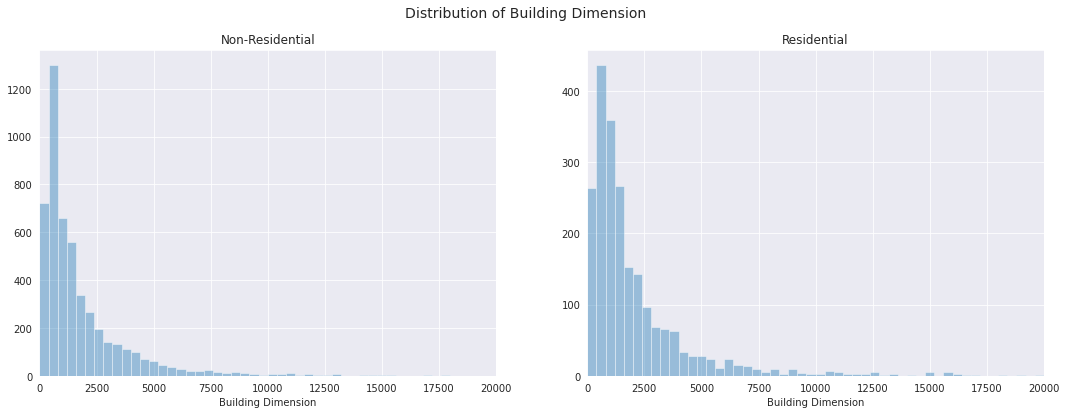Python as a programming language has numerous uses such as web development, AI, operating systems, web and mobile applications, game development, etc. Recently, however, its use in AI, machine learning, and data analysis/analytics is where it has amassed most of its popularity, arguably. Its vast collection of libraries and packages is continually being employed by data analysts and data scientists to solve complex business problems, formulate data-driven strategies, risk analysis, and disaster management plans, etc, across various industries.

source https://thesceneclub.co.uk/wp-content/uploads/2018/05/building-insurance-umbrella.jpg
We will be exploring one of its popular uses; Predictive Analytics, on the Insurance Industry, using fictitious company data as a case study. Among other things, the insurance industry is made up of companies that offer risk management in the form of insurance contracts. Categories of companies can range from those into accident and health insurance, property and casualty insurance, or financial guarantors.
The basic concept of insurance is that one party, the insurer (the party that takes on the risk), will guarantee payment for an uncertain future event. While another party, the insured, pays a smaller premium (amount) to the insurer in exchange for that uncertain future event. Seeing that taking on risks is (one of ) the major businesses of insurance companies, having an accurate risk analysis on policies, based on data is crucial to their survival.
Case Study
An Insurance Company called Olusola Insurance Company offers building insurance policy that protects buildings against damages that could be caused by a fire or vandalism, by a flood or storm.
The Goal
Can you analyze the company’s list of insured buildings to predict which building will make a claim during the insured period of the building? How can the company leverage this to plan for imminent claims, and taking on new buildings?
The solution to the case given will follow the CRISP-DM approach which includes;
- Business Understanding
- Data Understanding
- Data Preparation & Analysis
- Data Modelling/Validation
- Result
- Deployment
#machine-learning #insurance #python3 #regression #insurance-companies
